Improving In-Hospital Cardiac Arrest Outcomes
- Mar 25, 2019

The American Heart Association (AHA) recently released a statement that examined in-hospital cardiac arrest outcomes and what could be done to improve them.
The authors of the statement said that more than 200,000 adults and 6,000 children have in-hospital every year, but survival rates have mostly stayed unchanged for decades – only 24.2% of in-hospital cardiac arrest patients survive to hospital discharge. They concluded that much more could be done by providers, institutions, and the healthcare system to improve those results.
One of the key recommendations the authors recommended was to make sure every hospital staff member could identify a cardiac arrest and were competent in performing chest compressions and using an automated external defibrillator (AED). In addition, hospitals were encouraged to look at all stages of their care for cardiac arrest and ensure they are using the best practices.
The lead author of the study, Laurie Morrison, said that one of the biggest obstacles to better care for in-hospital cardiac arrests is the inability to gather reliable data. So one of the steps the authors thought should be taken is that hospitals not only report all in-hospital cardiac arrests with survival data, but that there should also be consistent definitions on cardiac arrest across all hospitals.
On the bright side, the survival rate for out-of-hospital cardiac arrests is improving in many areas of the US. This has been a result of increasing awareness about cardiac arrest and a general rise of CPR and AED programs. It is time for hospitals to get on board and work to also see better results.






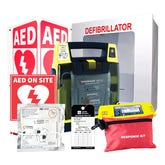
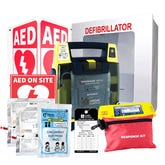
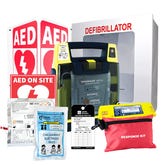
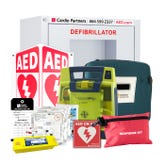
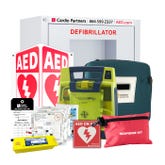

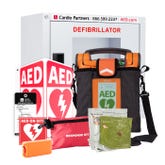
 CALL US:
CALL US: